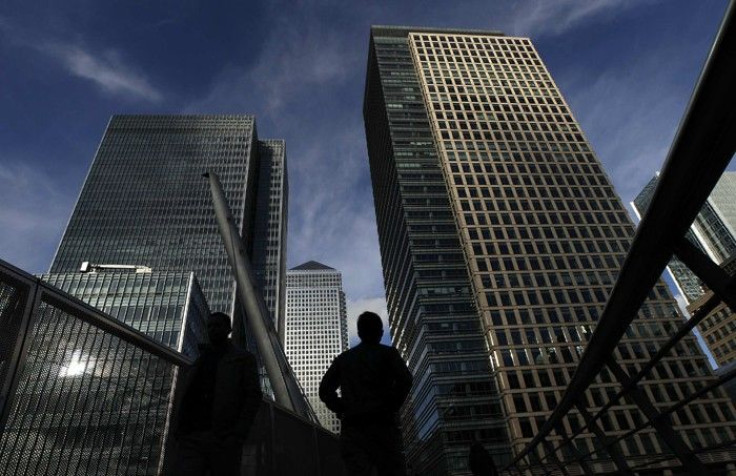Data points to strengthening growth, jobs market

The number of Americans filing new claims for jobless aid hit the lowest level in more than 2-1/2 years last week and service sector hiring picked up in February, signs the labor market recovery was quickening.
Another report on Thursday confirmed business productivity picked up a bit in the fourth quarter, but it also underscored a slowing trend that suggested employers may have to step-up hiring even further.
Another report on Thursday confirmed a slowdown in business productivity in the fourth quarter of 2010, suggesting employers may have to step-up hiring even further.
There can be no denial that a strengthening in labor market conditions is under way, as layoffs have dropped sharply since the beginning of the year, said Jim Baird, a partner at Plante Moran Financial Advisors in Kalamazoo, Michigan.
Initial claims for state jobless benefits dropped 20,000 to 368,000, the lowest since May 2008, the Labor Department said.
Economists had forecast claims rising to 398,000. The four-week average of claims, a better measure of underlying trends, fell below 400,000 for first time since July 2008.
Separately, growth in the huge services sector touched a fresh 5-1/2 year high in February.
The Institute for Supply Management's index of non-manufacturing activity edged up to 59.7, the highest since August 2005, from 59.4 in January. Its employment component rose to 55.6, its highest level since April 2006, from 54.5.
A reading above 50 shows an expansion in the sector, which accounts for about 80 percent of the economy. A services employment gauge hit its highest level since April 2006.
Stocks rose sharply after the jobless claims data, helped also by a drop in oil prices as the Arab League considered a peace plan for Libya. In the early afternoon, the Standard and Poor's 500 index was up 1.5 percent.
Prices for safe-haven government debt tumbled.
PAYROLLS SEEN BOUNCING BACK
The jobless claims data fell outside the survey period for the government's closely watched jobs report for February due on Friday. But economists said it was consistent with other recent signs that the labor market recovery was quickening.
Total nonfarm payrolls probably increased 185,000 after snowstorms held growth to a paltry 36,000 jobs in January, according to a Reuters survey. The survey was conducted before data on Tuesday that showed strong factory hiring, which prompted some economists to rethink their forecasts.
Despite six straight quarters of growth, the economy has only managed to replace a fraction of the more than 8 million jobs lost during the recession. But analysts are optimistic job growth will soon top 150,000 a month on a sustained basis.
That amount of payroll growth is sufficient to give the economy escape velocity -- whereby a self-reinforcing cycle of increases in production, income, and spending is in place, said Tony Crescenzi, a portfolio manager at PIMCO in Newport Beach in California.
Fewer layoffs and gains in new jobs should help the economy weather a rise crude oil prices to over $100 a barrel in the past month in the wake of unrest in the Middle East.
Reports from retailers suggested consumers were withstanding the jump in gasoline prices. Luxury retailer Saks Inc and Victoria's Secret parent Limited Brands Inc were among those reporting the biggest gains in sales.
However, discounter Target Corp and Gap Inc missed analysts' forecasts.
Federal Reserve Chairman Ben Bernanke said this week that high oil prices were unlikely to hurt the domestic economy unless they were sustained.
Economists agree and expect the Fed to complete its $600 billion government bond-buying program which aims in part to lower a jobless rate that stood at 9.0 percent in January. Economists expect the rate rose to 9.1 percent last month.
A second report from the Labor Department on Thursday said nonfarm productivity increased at an unrevised 2.6 percent annual rate in the fourth quarter, which marks a sharp slowdown from a peak of 8.9 percent in the second quarter of 2009.
Unit labor costs, a gauge of potential inflation pressures, fell at an unrevised 0.6 percent rate.
The drop in labor costs, which account for about 70 percent of production costs, showed the economy was facing little inflation pressure outside of globally driven increases in food and energy costs.
© Copyright Thomson Reuters 2024. All rights reserved.











